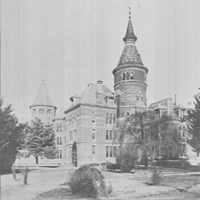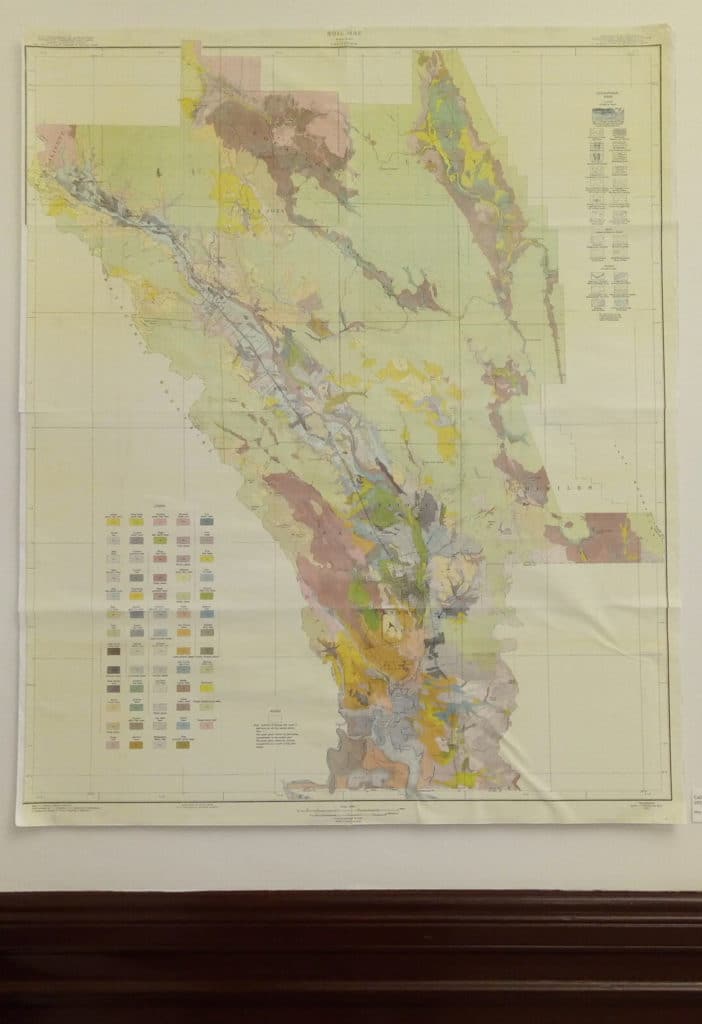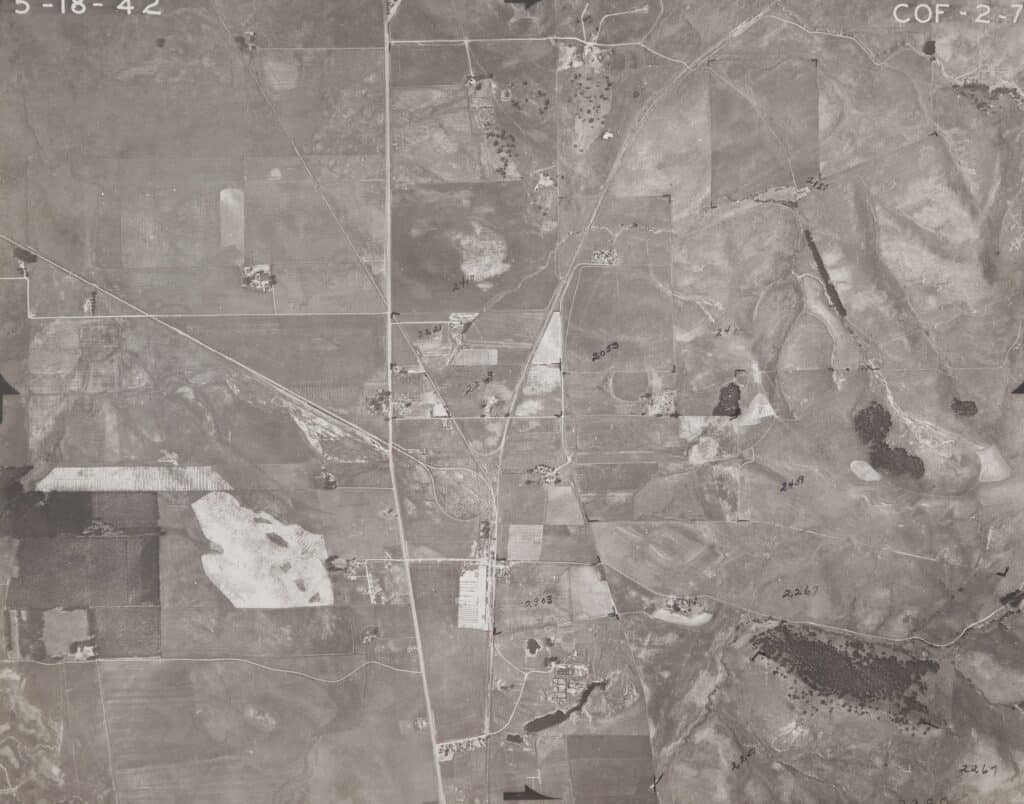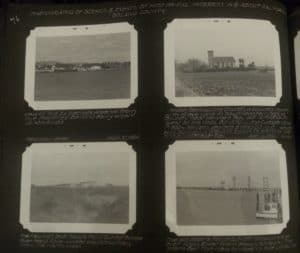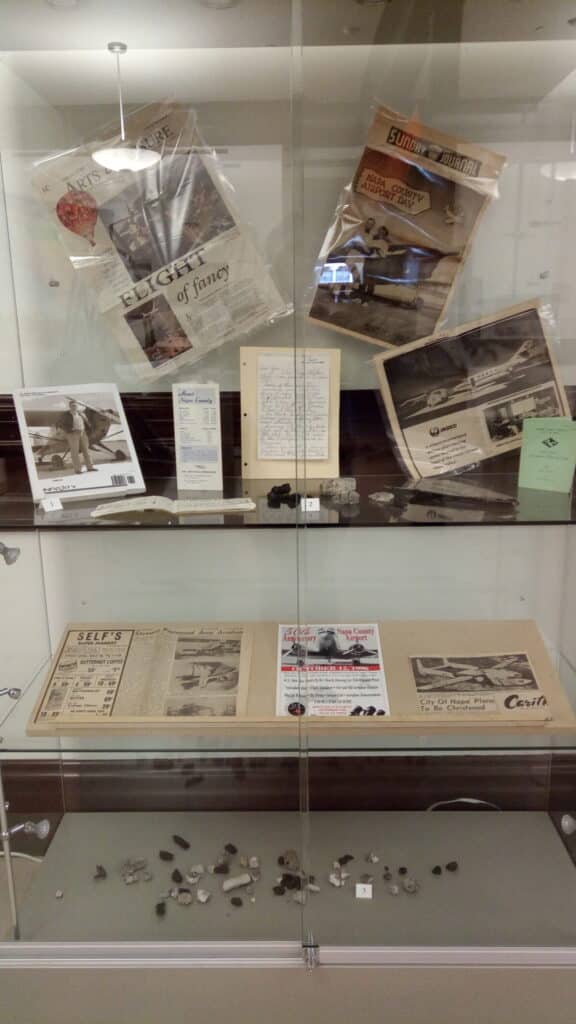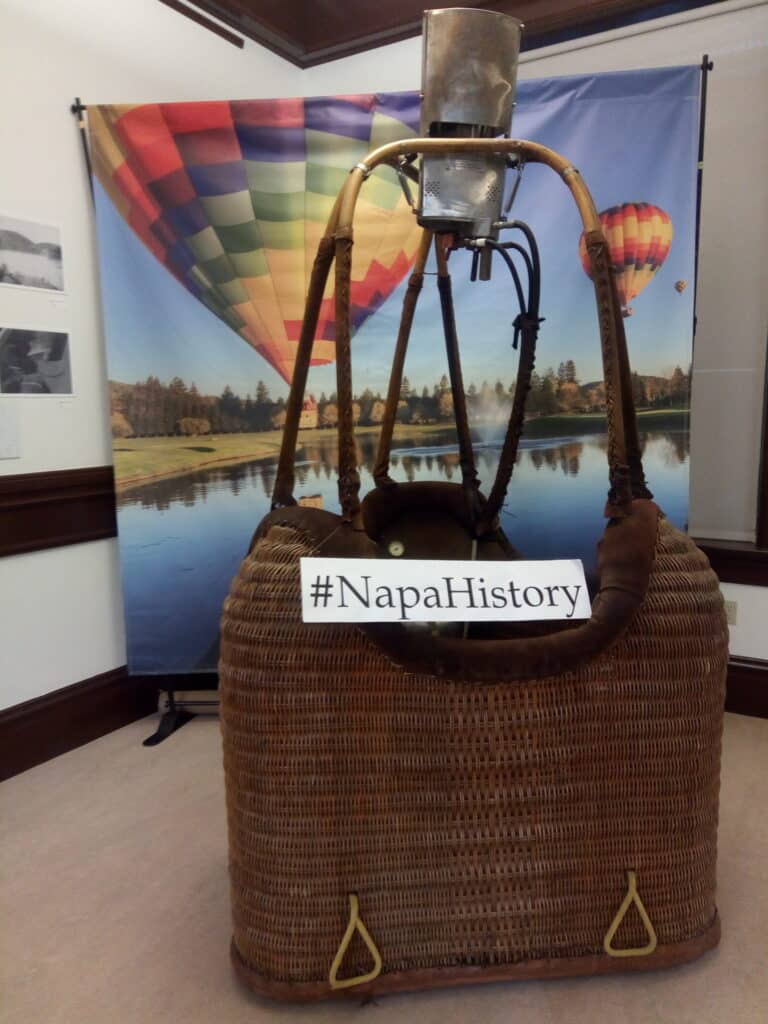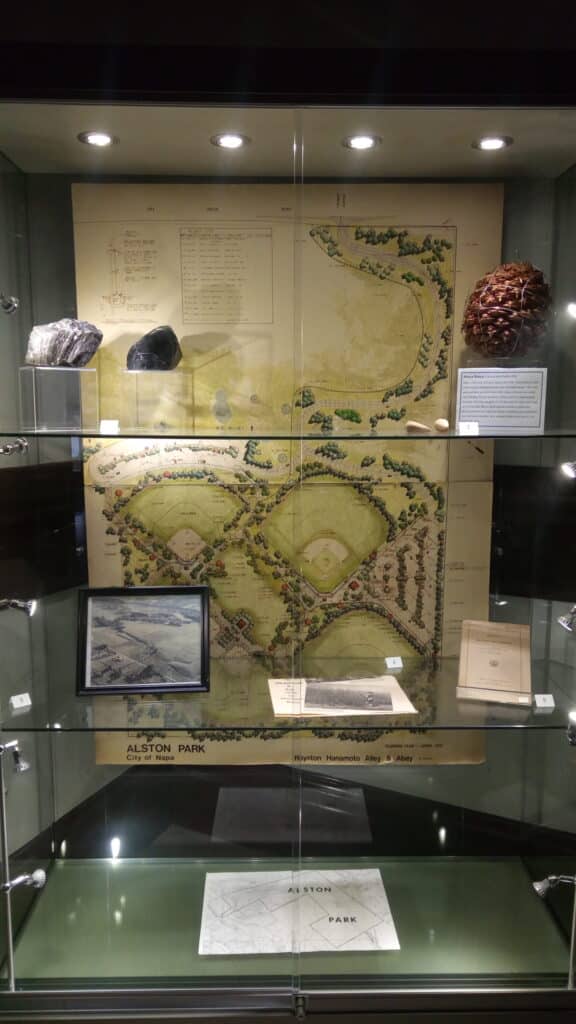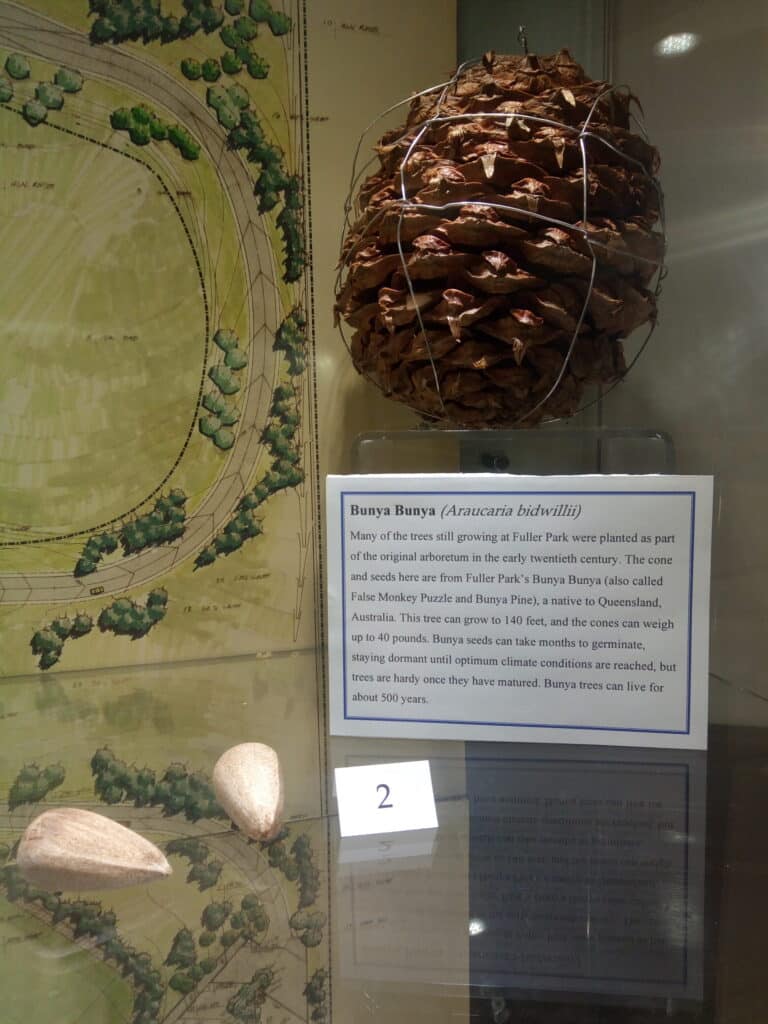Aerial photography was the primary photography used by Natural Resources Conservation Service (NRCS) conservation planners, soil scientists, and other natural resource specialists in the agency. Conservation planners used the aerial photos to inventory farm, ranch, and forestlands of producers working with NRCS to complete a conservation plan.
Soil Scientists used aerial photography to inventory and delineate the different soil types on the landscape. NRCS now has soil maps and data available for more than 95 percent of the nation’s counties.
In the 1990’s, aerial imagery used by NRCS changed to digital format, so the hard copy aerial photography was no longer used for onsite inventories. Many NRCS offices maintain the older hard copy aerial photography to track land use changes over time and for historic records of land use and land cover.
Courtesy of the National Resources Conservation Service – 2020
USDA is an equal opportunity provider, employer, and lender.


